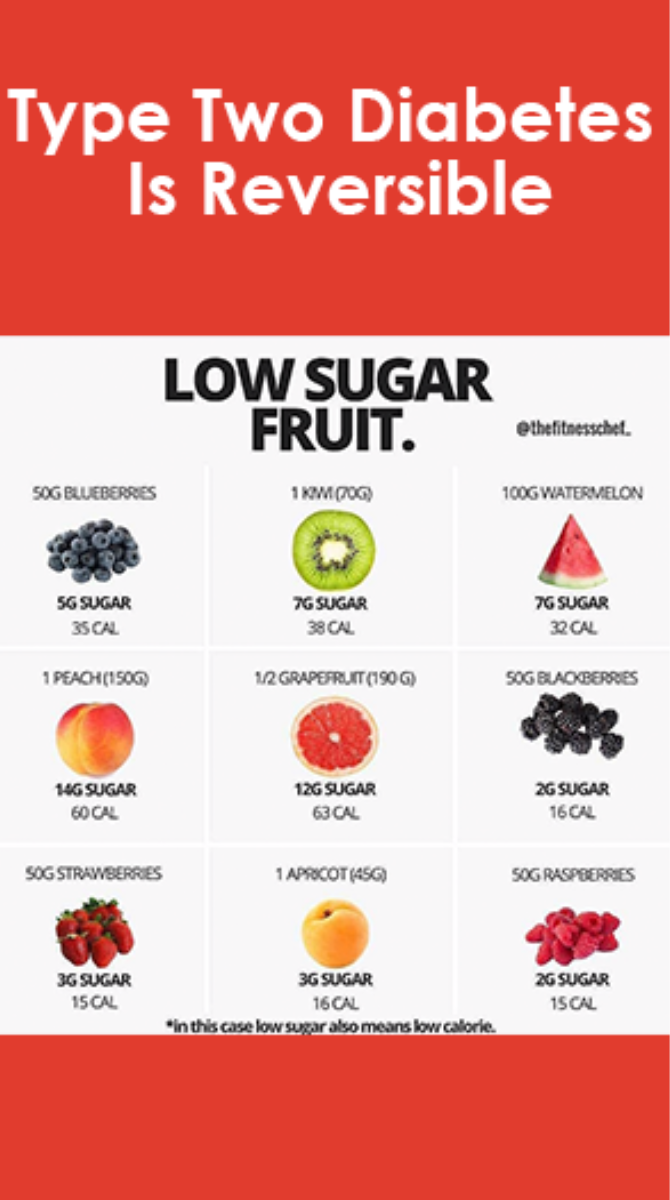Brown sugars may be better than white sugar for baking recipes that require a richer flavor or a wetter, chewier texture. In these cases, muscovy sugar, with its highest molasses content, has the most pronounced flavor. Sugarcane molasses tastes sweet, but sugar beet molasses isn't very sweet and manufacturers use it for animal feed and other industries. The Sugar Association provides information on what types of white and brown sugars are best suited for certain foods and recipes.
While they're produced differently, resulting in different flavors, colors, and culinary uses, brown sugar is often simply white sugar processed with molasses. A teaspoon (4 grams) of brown sugar provides 15 calories, while the same amount of white sugar provides 16.3 calories (2,. Brown sugar contains more calcium than white sugar, with 83 milligrams (mg) per 100 g, compared to 1 mg per 100 g of white sugar. Therefore, brown sugar has the same health risk factors as white sugar and should not be recommended to diabetic patients or to aid weight loss.
Although brown sugar contains some minerals such as calcium, potassium, iron and magnesium, these minerals do not omit the risk of diseases caused by brown sugar. In addition, sugar is a food low in beneficial nutrients, so people should limit their sugar intake to occasional treats. So, even if you add brown sugar to your recipe, you're adding the same amount of calories that you would have added by including white sugar. Brown sugar contains slightly more minerals than white sugar, but it doesn't provide any health benefits.
Now that you know the nutritional content of both white sugar and 26% of brown sugar and you are looking for a healthier alternative to these. On the other hand, brown sugar is processed less to preserve its molasses content or is produced by mixing white sugar with molasses. Brown sugar contains 95 percent sucrose and 5 percent molasses, which adds flavor and moisture, but has no major nutritional benefits compared to white sugar. Swapping white sugar for brown sugar in recipes will affect the color of the food, giving a light caramel or brown tone.







